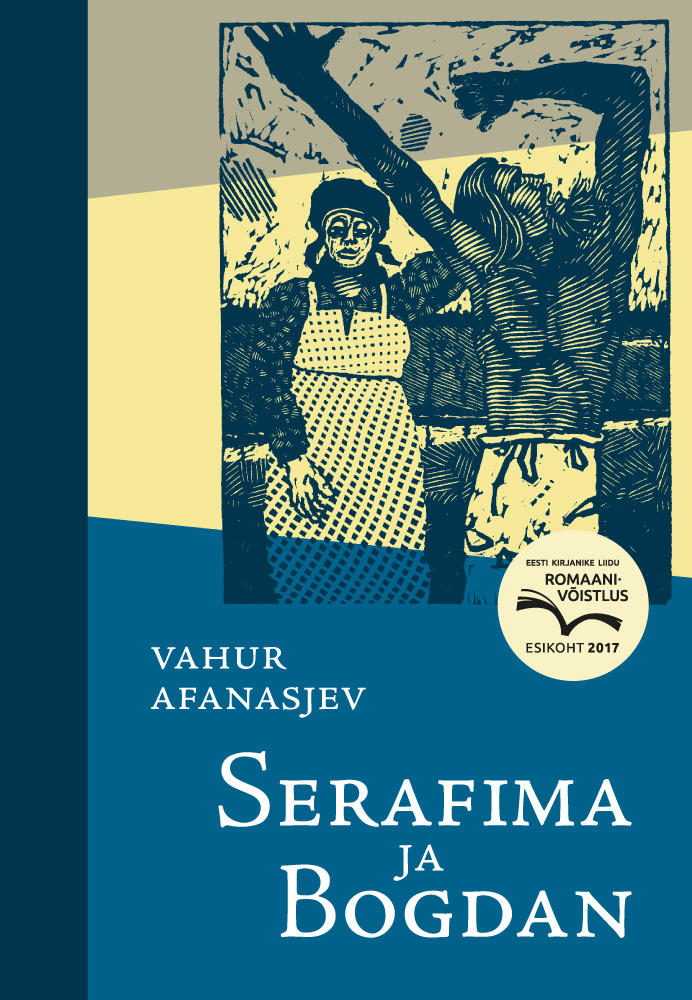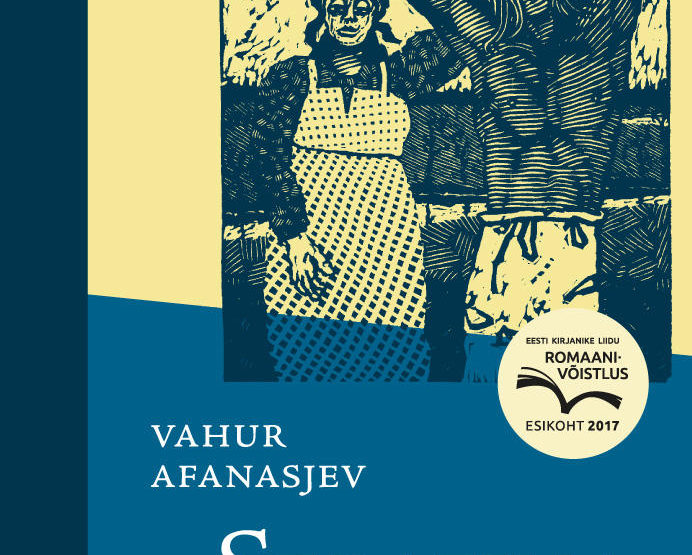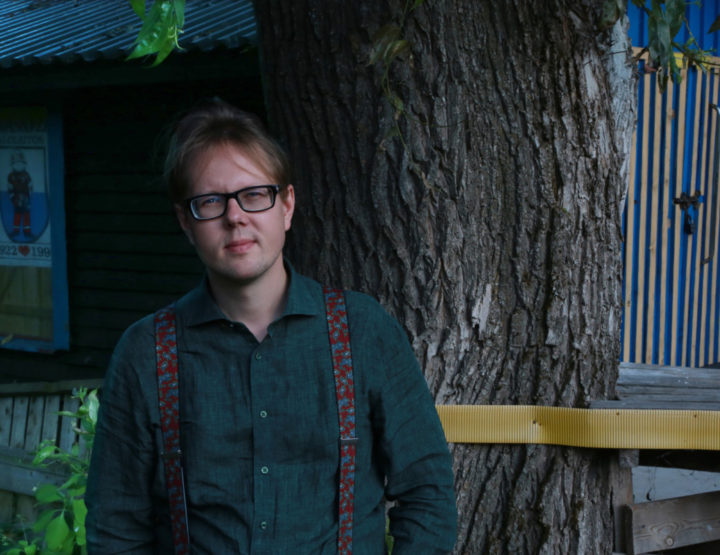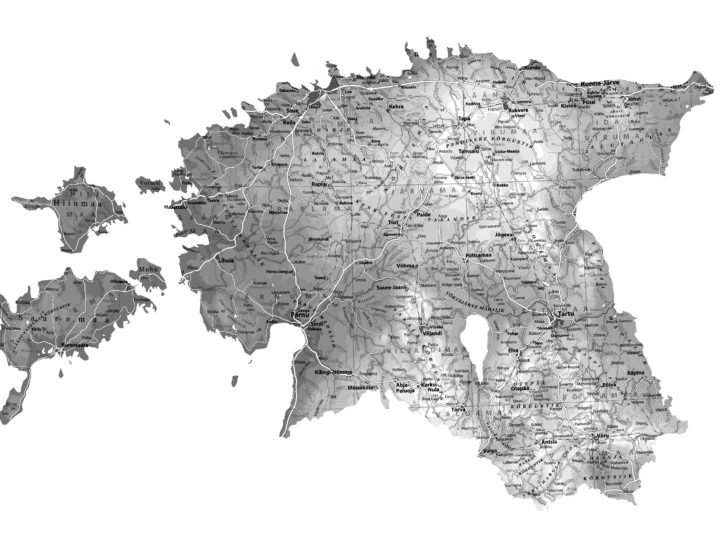Vahur Afanasjev, Serafima ja Bogdan (Serafima and Bogdan)
Vemsa, 2017. 560 pp
ISBN 9789949880355
The plot of Vahur Afanasjev’s opus magnum unfolds in the fall of 1944, but actually the roots of the story stretch back much further: to the late 17th century, when the first Russian Orthodox believers fleeing the extensive reforms of Patriarch Nikon arrived at the shores of Lake Peipus. An entire chain of “Old Believer’” settlements sprang up along the narrow, close to 50-kilometer-long shore, with its poor soil but waters teeming with fish. It was an isolated microcosm that lived and worked according to its own rules, with relatively little outside disturbance until the end of World War II, when the area fell under Soviet occupation.
Cue the moment at which the story of Serafima and Bogdan commences, one that tells of the decline of Lake Peipus’ unique Russian Old Believer culture. Although the title refers to two protagonists, these characters are in no way the book’s sole heroes, if they can even be called heroes, that is, because although surviving difficult conditions can sometimes be regarded as heroic, it seems to be more of a curse in the case of the siblings Serafima and Bogdan. Afanasjev has said that his impulse for writing the work came while reading the Norse sagas, which produced the demonic idea of writing about an act of revenge that runs its course over decades; one coddled and fattened over several years and generations in such a way that, by the time the plan is executed, it’s no longer clear who is the criminal, who is the victim, who is taking revenge on whom for what, or whether the deed even results in any liberating, cathartic instance that puts an end to the matter. Nevertheless, Afanasjev has managed to neatly balance out the work’s grim central theme. No matter whether his tools are humor, sex, or diverting ethnographic details (such as mouthwatering descriptions of heaping feasts of the large array of fish native to the region), the author manages to conjure up a vibrant, tactile world for the reader. In doing so, his language and style are predominately rather old-fashioned, comparable perhaps to Knut Hamsun or even the Old Testament. The result is an equal mitigation of abominable violence and naturalistic descriptions of carnal love lining the pages. It was likely this knack for making the various characters’ dissimilar outlooks and experiences complement one another that earned Vahur Afanasjev first place in the Estonian Writers’ Union’s latest novel competition.
Peeter Helme (1978) is an Estonian writer and journalist, and anchors Estonian Public Broadcasting’s literary radio programs. Helme has published five novels. The latest, Deep in the West (Sügaval läänes, 2015), is a drama set in the industrial Ruhr Valley.




